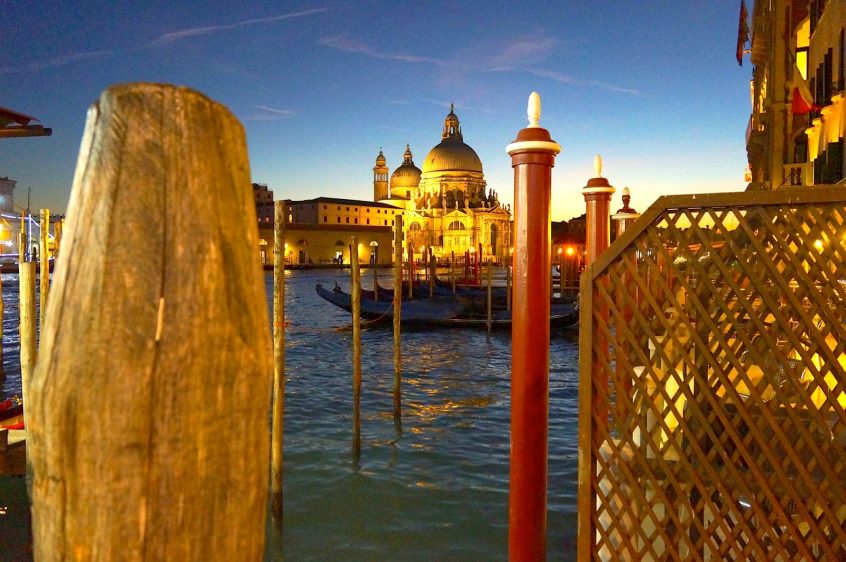Venice on a chill January day with blue skies and sunshine is a pleasanter experience than Venice in mid-summer when it is crowded, hot and smelly. January is when Venice is reclaimed by Venetians for Venetians and a tourist presence is minimal. Yet, undeniably we were tourists, albeit returning from Christmas and New Year in Greece by driving through Europe. One of our favoured routes home is a car ferry from Patras in the Peloponnese to Venice, and after Italy, a long drive up Eastern France. Once we disembarked in Italy we paused for a week to discover and explore Venice, Padua and Verona during their quiet season.
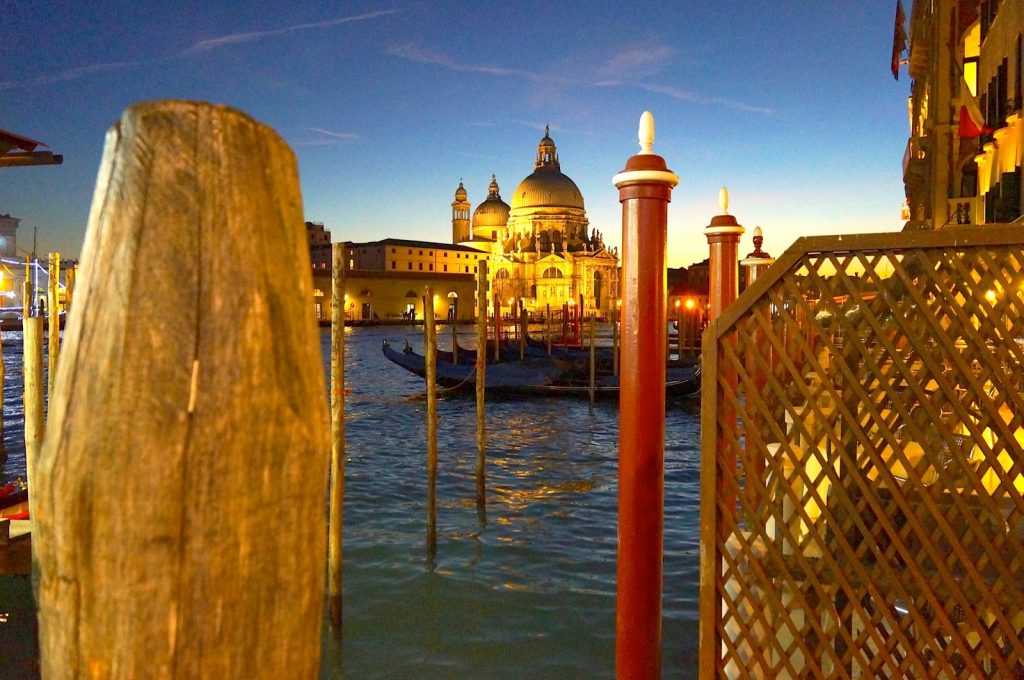
The best way to describe our stay in Venice is to create a picture gallery. It is a city to wander around since to just look about with wonder is to experience a constant painting. Traveling up the Grand Canal by water bus is a superb daily commute for Italians who work in the city and a feast for the tourist’s eye. I could spend days in Venice walking, getting lost in narrow echoing streets, popping into Churches, eating Venetian food. Our five days passed enjoyably, meandering Venetian streets and waterways, punctuated by highlights such as an opera, music in St Mark’s Cathedral, a violin and cello recital. Other things we love to do in Venice is to drink a spritz, a mix of proseco and martini and nibble canapes at around five o’clock in the afternoon. Many Venetians enjoy this treat on their way home from work. Taking photographs on the Rialto at sunset provided us on this visit with yet another visual experience.
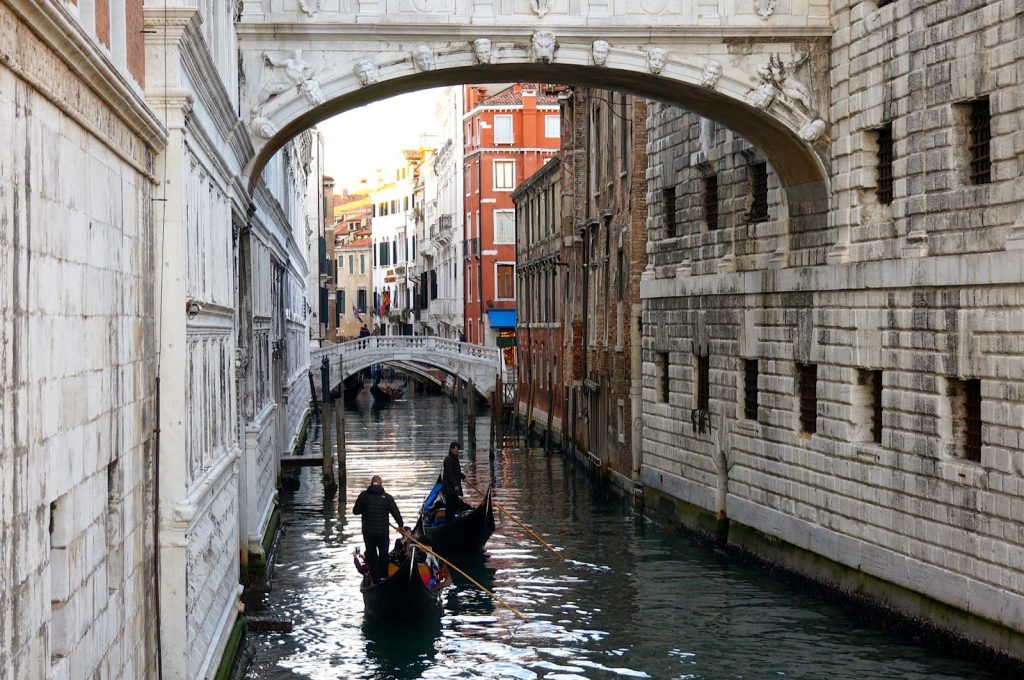
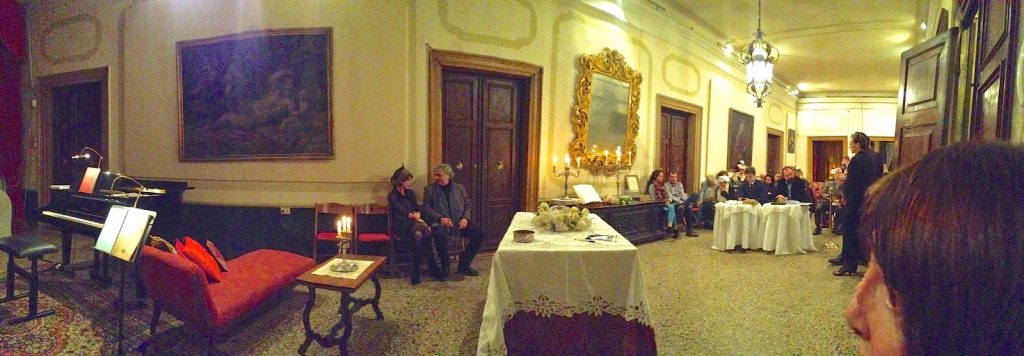
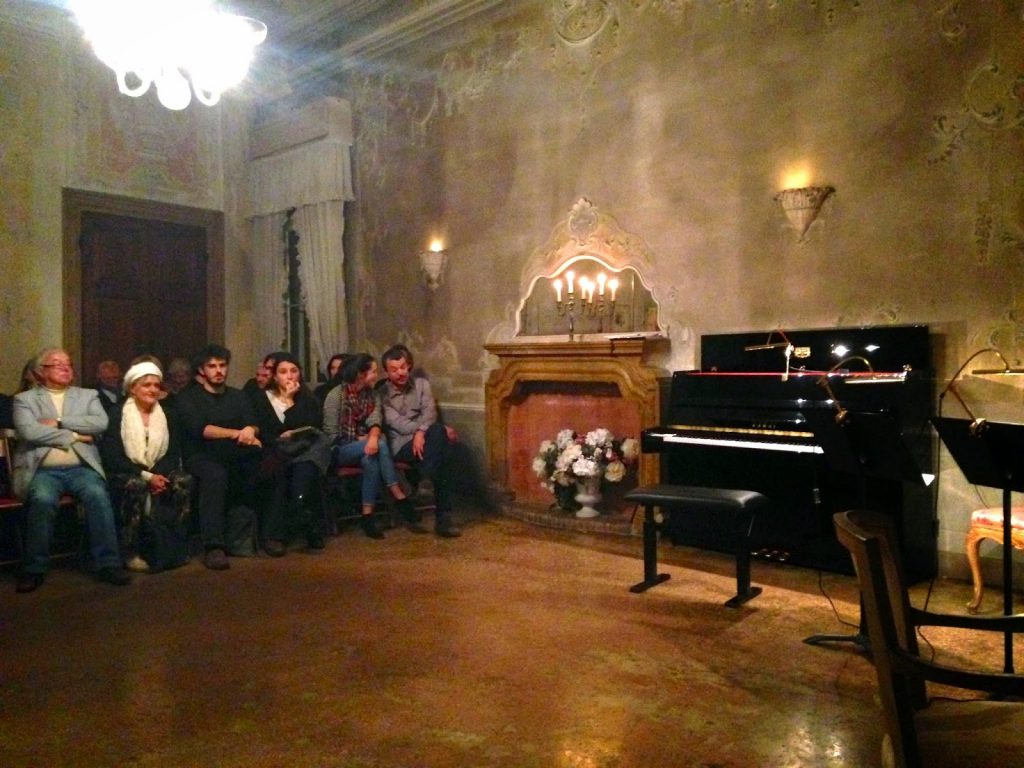
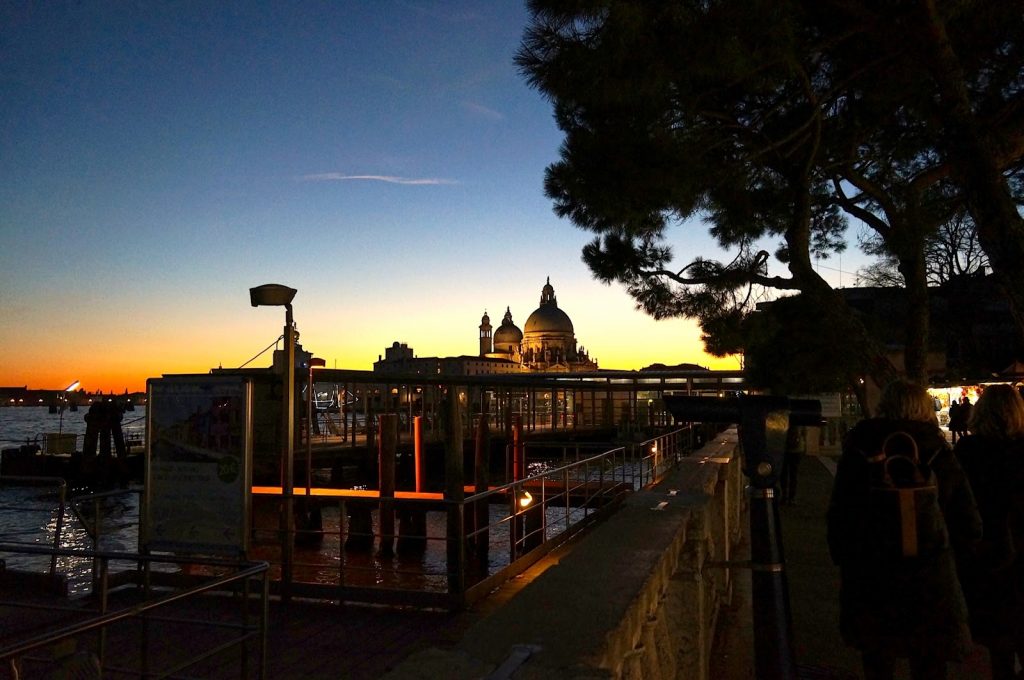
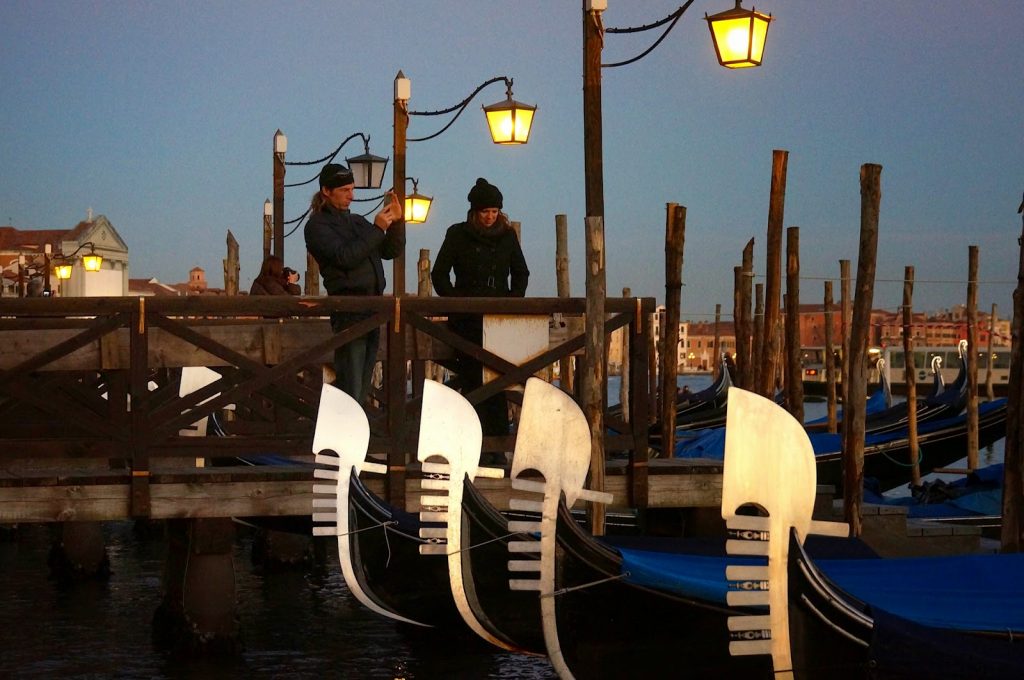
From Venice we drove to Padua. Padua is one of the great intellectual centres and medieval University Cities of Italy. It is a gorgeous and very friendly city. We stayed in the centre of town in a delightful hotel called Belludi 37. https://www.google.co.uk/#q=belludi+hotel+padua.
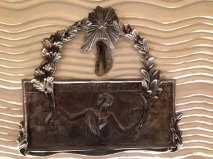
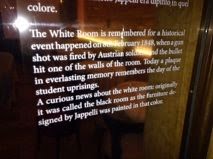
I highly recommend visiting Padua and the hospitality in this hotel cannot be bettered. There is an emphasis on customer service and attention to detail that is impressive. Our host invited us to a reception to celebrate the launch of a magazine about Padua aimed at visitors to the city . This is packed with interesting articles and events. The magazine launch was held in Padua’s famous cafe Pedrocchi. The story of the bullet hole shown below is told in the Wikipedia entry for Cafe Pedrocchi and is worth looking up. The Cafe is a place that is a great equaliser in that its clientele is middle class, ordinary citizens who read in the Green Room undisturbed and students. The launch event merged with another a wedding ‘fayre’ , most upmarket, that was also accompanied by music, canapes and drinks. And, dare I mention it, complimentary cigars and brandy and chocolates.
Again, pictures tell the story better than words.
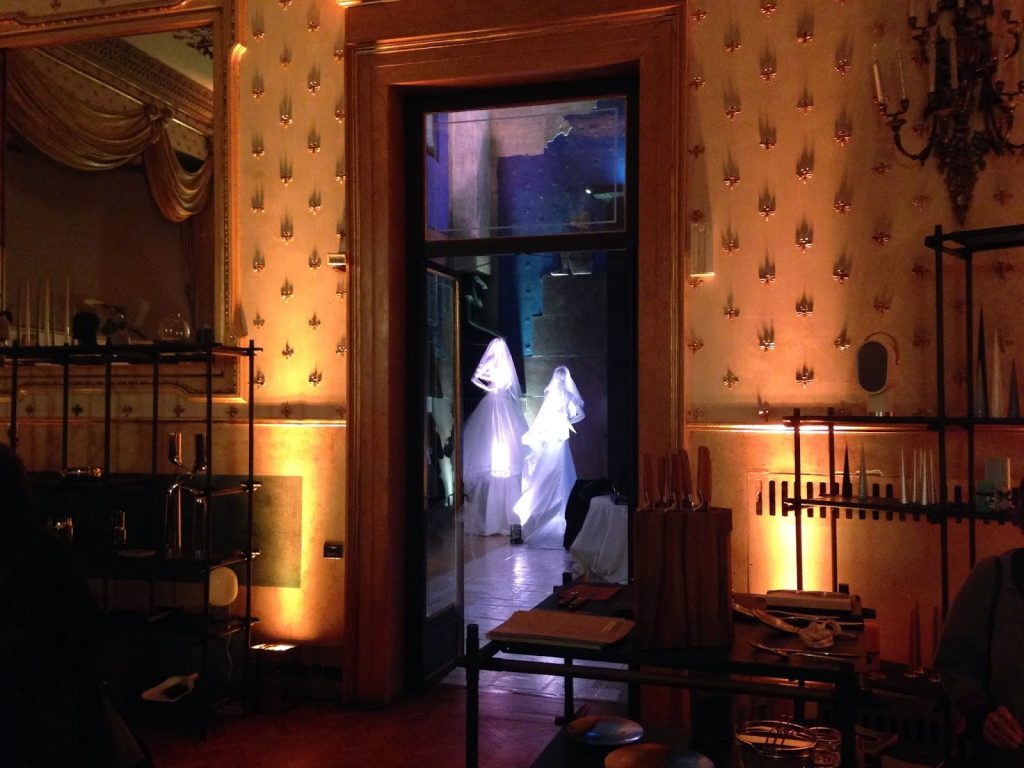
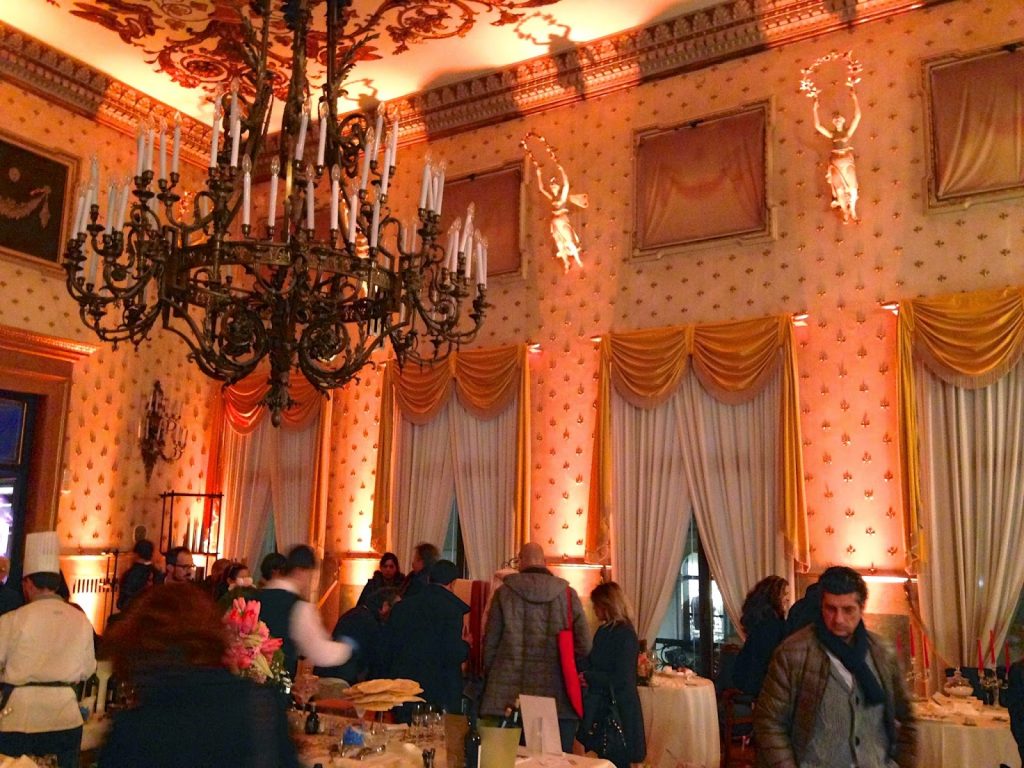
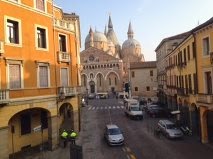
The next day we visited The Scrovengi Chapel to see the exquisitely preserved Giotto frescos. It is necessary to book in advance and worth while reading up about the frescos before visiting them as time to view these is limited. It is not permitted to photograph in the chapel. Giotto is very special because he developed an independent style of art that went beyond the solemn static images of Byzantine tradition. The frescos possess an expressiveness attached to their narrative suggesting realism. The Scrovegni Chapel frescos can be linked with Dante’s Divine Comedy since, like this literary masterpiece, their narrative was conceived as a unified whole rather than a series of single episodes strung together. Thus, just as Dante’s individual cantos and characters acquire meaning and life within the poem’s structure, the fresco scenes are parts of a coherent , sequential narrative based on the late medieval theme of man’s journey to salvation.The Scrovegni Palazzo also contains a superb art gallery with precious artistic treasures, many medieval but others from later centuries.
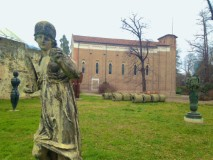
The next stage of our Italian journey took us to Verona where we explored the Colosseum which surpasses that in Rome, and where opera is performed throughout the summer. Verona also has many interesting medieval buildings and churches. The Capulet house possesses THE Romeo and Juliet balcony but it is also a medieval nobleman’s home with a selection of late medieval interiors including the bedroom where Zeffereli’s Romeo and Juliet was filmed and indeed when entered it does feel as if one has walked onto a film set. It remains as was during the filming.

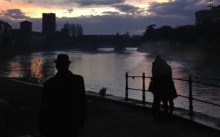
These three Italian cities are no great distance apart and of the three, whilst Venice and Verona are undoubtedly extremely beautiful and clearly on the tourist agenda, Padua, perhaps less explored, is a treasure. Its arcades and churches gave me a strong sense of a medieval city as it was during the fourteenth and fifteenth centuries and, flying a flag for Padua, I suggest without doubt, that it is a fascinating city not to be missed when visiting the region.

